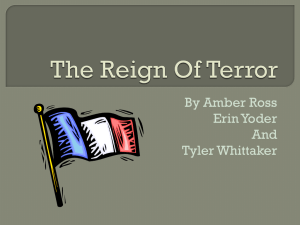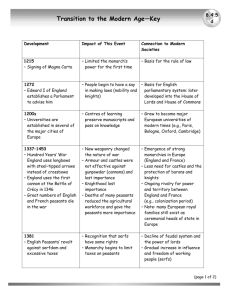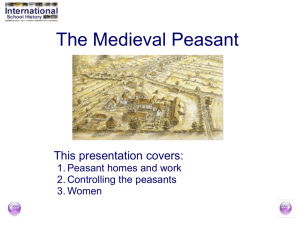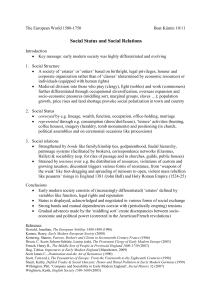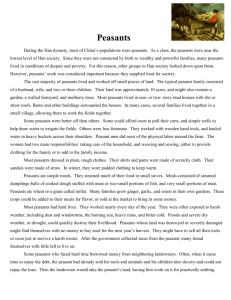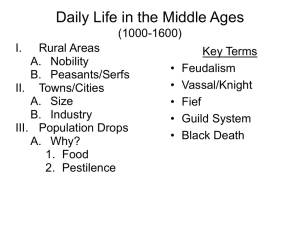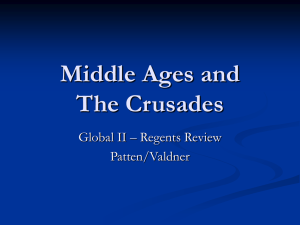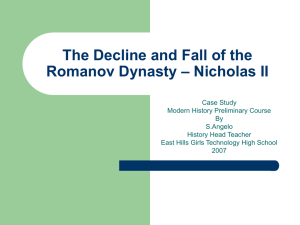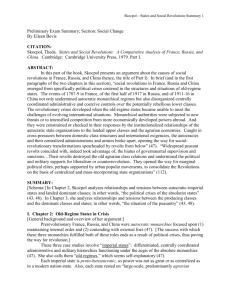Life for the peasants
advertisement
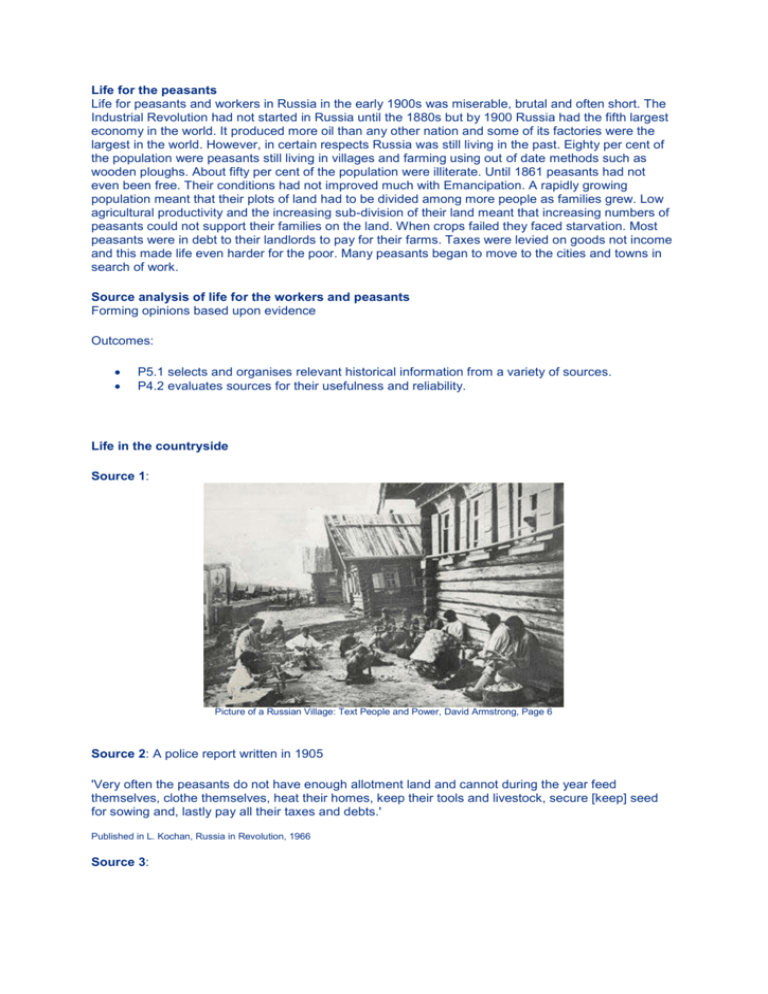
Life for the peasants Life for peasants and workers in Russia in the early 1900s was miserable, brutal and often short. The Industrial Revolution had not started in Russia until the 1880s but by 1900 Russia had the fifth largest economy in the world. It produced more oil than any other nation and some of its factories were the largest in the world. However, in certain respects Russia was still living in the past. Eighty per cent of the population were peasants still living in villages and farming using out of date methods such as wooden ploughs. About fifty per cent of the population were illiterate. Until 1861 peasants had not even been free. Their conditions had not improved much with Emancipation. A rapidly growing population meant that their plots of land had to be divided among more people as families grew. Low agricultural productivity and the increasing sub-division of their land meant that increasing numbers of peasants could not support their families on the land. When crops failed they faced starvation. Most peasants were in debt to their landlords to pay for their farms. Taxes were levied on goods not income and this made life even harder for the poor. Many peasants began to move to the cities and towns in search of work. Source analysis of life for the workers and peasants Forming opinions based upon evidence Outcomes: P5.1 selects and organises relevant historical information from a variety of sources. P4.2 evaluates sources for their usefulness and reliability. Life in the countryside Source 1: Picture of a Russian Village: Text People and Power, David Armstrong, Page 6 Source 2: A police report written in 1905 'Very often the peasants do not have enough allotment land and cannot during the year feed themselves, clothe themselves, heat their homes, keep their tools and livestock, secure [keep] seed for sowing and, lastly pay all their taxes and debts.' Published in L. Kochan, Russia in Revolution, 1966 Source 3: Peasant working Source 4: An English visitor to Russia at the end of the 19th Century described the inside of a peasant's hut as follows: 'A small hut about twelve feet (3.6m) square - with a door through which a medium-sized man can only go by stooping - the floor made of earth, the ceiling so low that a tall man cannot stand upright, tiny windows letting in little light . . . the whole building made of thin wood . . . the entire family lives in this room, sleeping on benches and on the floor all together, men, women, children and cattle.' Published in 'People and Power', David Armstrong Exercise: Source study on Peasants Before you answer read the sources and their labels carefully. a. Use Sources 2 and 3: List six problems facing peasants in Russia in 1905. b. Use Sources 1 and 4: List 4 features of the living conditions of peasants and the end of the 19th Century. c. Using your own knowledge and all of the sources write a description of peasant life in Russia in the 19th Century. Guidelines: Your answer should include information from the sources and: agricultural method throughout the century. Did they change? Emancipation of the serfs Results of the emancipation of the serfs.
